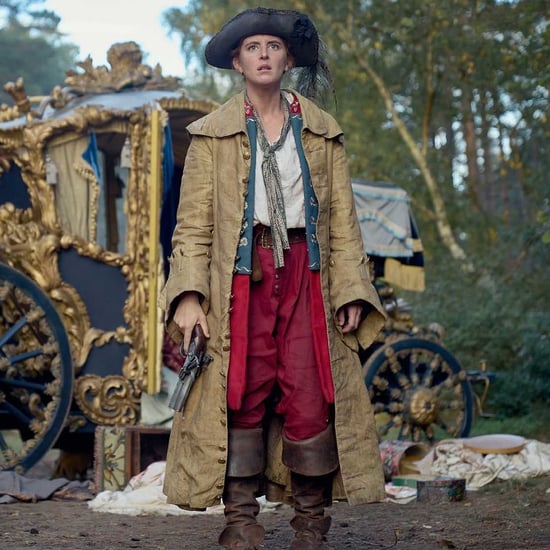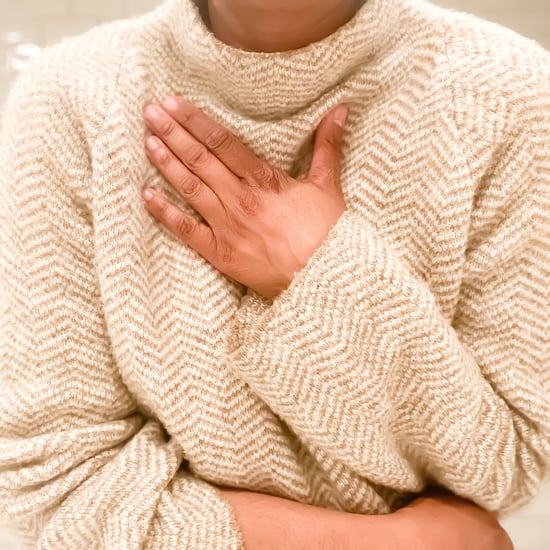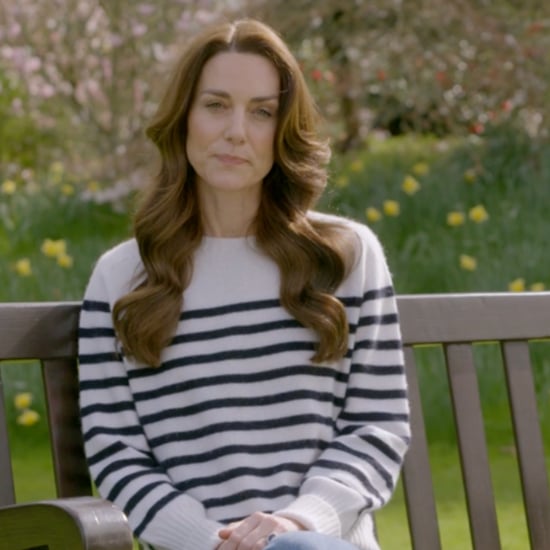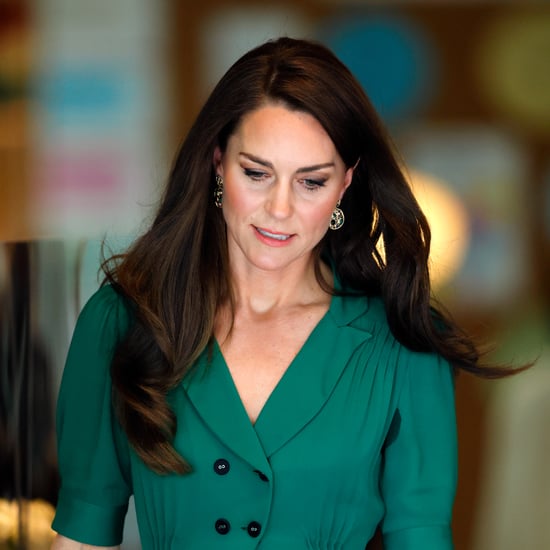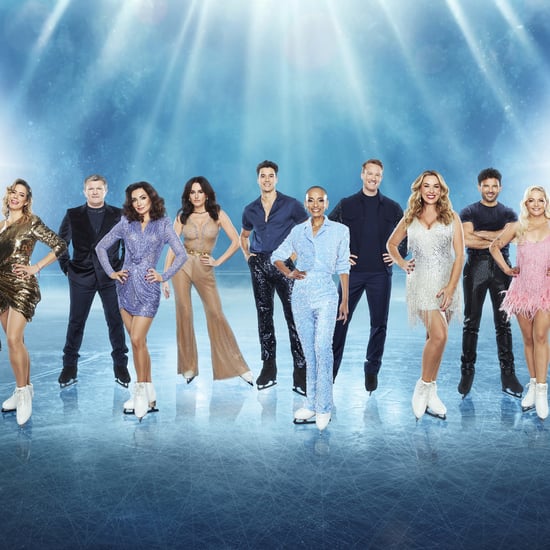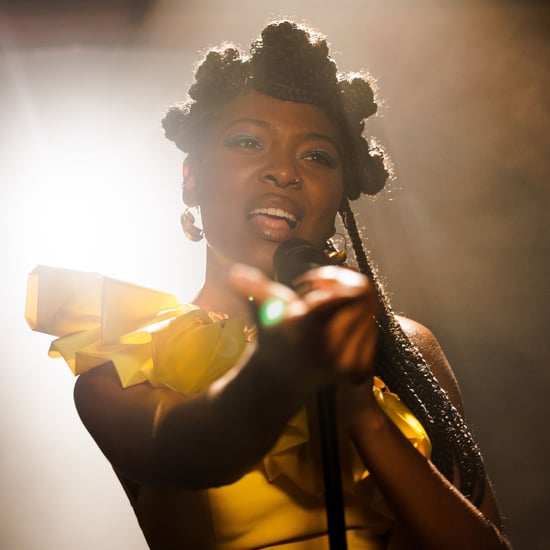The Crown's "Dazzling and Dull" Theory About the Royals
The Crown Makes a Very Astute Observation About the Royals, But Is It True?
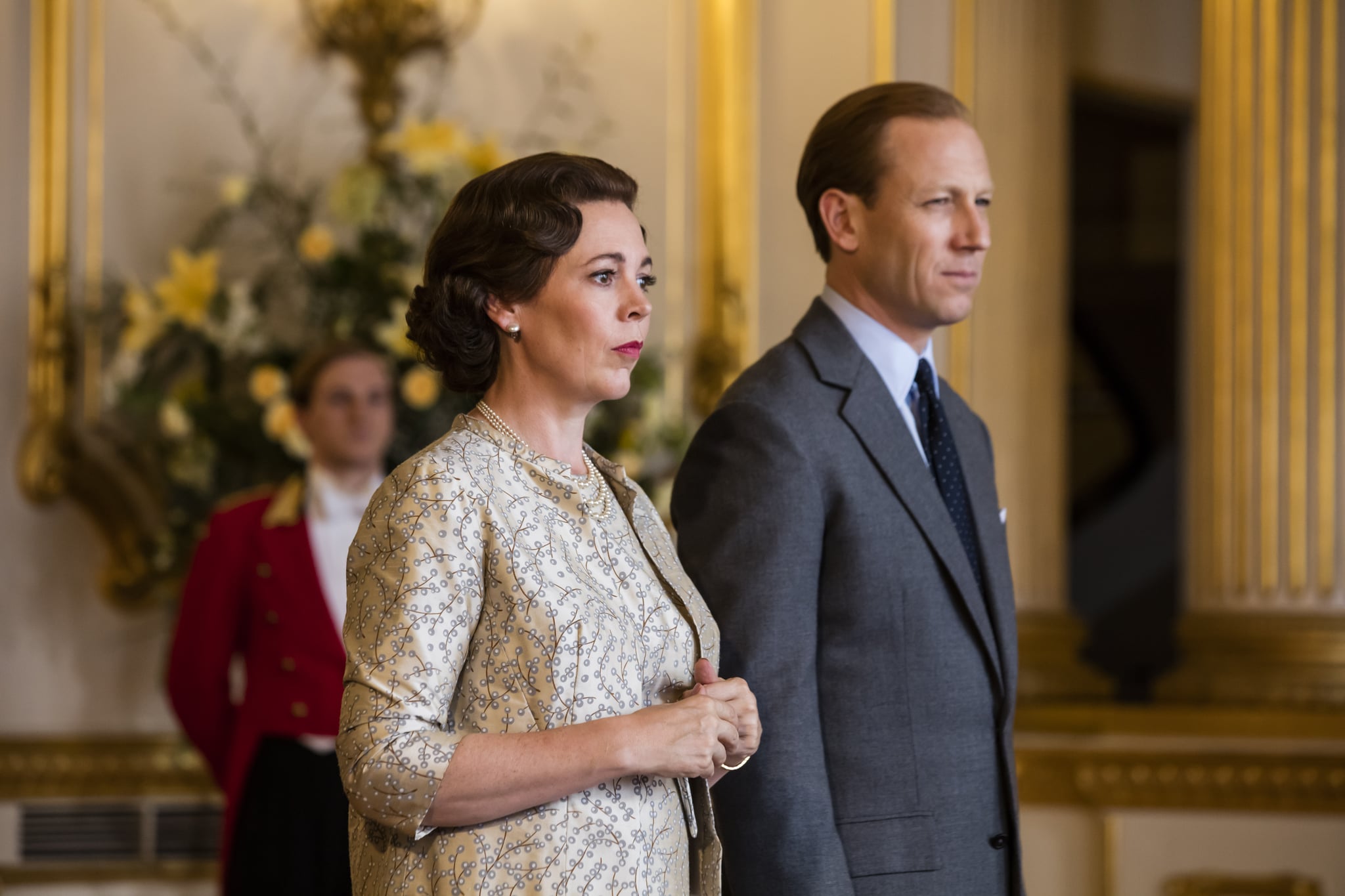
Whether you've been glued season three of The Crown on Netflix or are simply interested in the royals, examining the tense contrasts within the Windsor family can be enlightening — not only about the British monarchy, but about human dynamics in general. In the second episode of the latest season of the series, Prince Phillip delves into a theory he has about the Windsors to his wife, Queen Elizabeth.
"There have always been the dazzling Windsors and the dull ones," he claims. And how for every "dull" or "dreary" royal, there is a dangerous, individualistic one. Throughout the entire history of the British royal family, there have always been two very distinct currents that run side by side: the "dull" royals who keep it all together, and the rebellious ones who always try to shake things up. Is he right? Let's take a closer look.
Queen Elizabeth II and Princess Margaret
The most apparent example of Phillip's theory is that of Queen Elizabeth II herself, a notoriously steadfast, consistent, yet very reserved queen who has now ruled for sixty-seven years, to her own sister Princess Margaret, who was famous for her humour and her debauchery. Margaret made headlines around the world for her party-girl lifestyle, even practically enamoring U.S. president Lyndon B. Johnson during her American tour in 1965. In fact, he was so taken aback by her wayward, exceptionally fun behaviour at a state dinner at the White House that she convinced him to approve a loan to England from the International Monetary Fund, as shown in that same second episode, even referring to Margaret as an "angel."
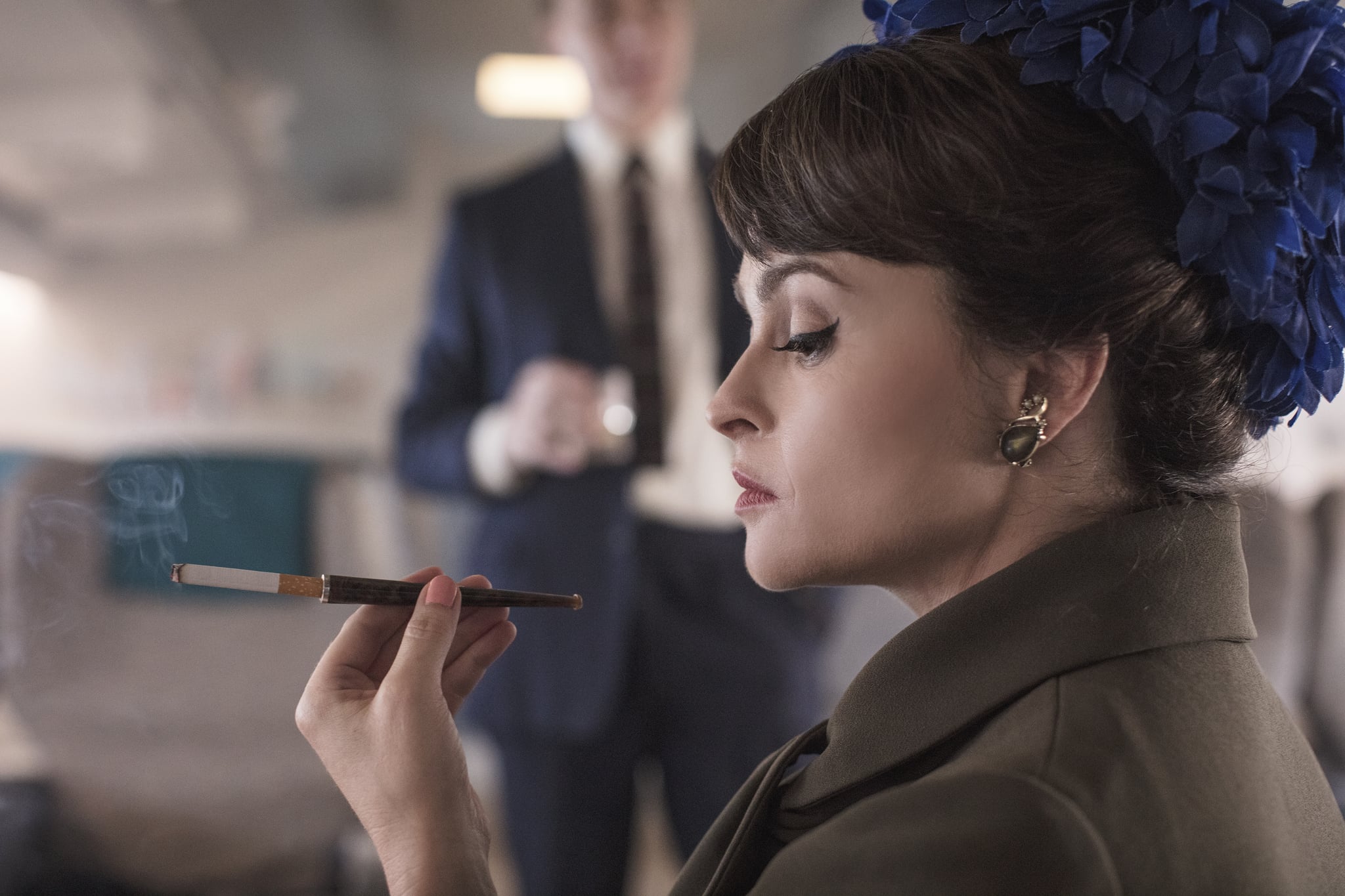
Queen Victoria and Edward VII
Apart from focusing on his wife and her sister, Prince Phillip goes on with his discussion, mentioning various dutiful yet dull royals throughout history and their individualistic counterparts. First off, the oldest comparison Phillip makes is between Queen Victoria, a stoic queen known throughout the world as the "grandmother of Europe" who ruled from 1837 to 1901, to her eldest son Edward VII who was known as the "playboy prince." Queen Victoria inherited the throne at a mere eighteen years old and adopted a character that deemed her a national symbol for strict standards of morality (aka the Victorian era), especially after her husband's death plunged her into a state of deep mourning.
During his mother's long reign, Edward was excluded from power, eventually leading people to identify him as a leisured elite, with gossip spreading about his time with actors, his love of men's fashion (tweed, black ties and even leaving the bottom button of waistcoats unbuttoned were all styles popularized by him), and his passion for the arts, music, gambling, hunting, and horse races.
Victoria, as strait-laced a ruler as possible, regarded her son with distaste and even blamed him for the death of his father. All the same, when Edward succeeded to the throne, those nine years were marked by vast changes in technology, and he was even referred to as the "Peacemaker" between Britain and France.
George V and Prince "Eddy"
Next up, George V, Queen Elizabeth's grandfather, is referred by Phillip as "deadly dull," as he describes how "at the height of the Great War, when the Tsar and the Kaiser and the Emperor of Austria were dazzling the world, where was he? He was sticking stamps in his album." But the only reason George V ascended to the throne was because his older brother Prince Eddy died of influenza before he could ever rule. George V was a steady ruler who served in the navy before his reign and was devoted to his wife and family, preferring hobbies like collecting stamps and hunting to excessive indulgence, even prompting writer H.G. Wells to refer to him as "uninspiring" through international changes such as the rise of socialism, fascism, and independence movements.
By contrast, his older brother Prince Eddy (officially Prince Albert Victor) was an avid partier, never married, travelled the world as a naval cadet, was completely uninterested in schooling, and was even linked to various scandals. Rumours linked him to a male brothel, and others have even argued that he was actually Jack the Ripper, although it is improbable and claims are almost always dismissed.
George VI, Queen Elizabeth's father, had a similar dynamic with his own older brother Edward VIII, who ruled as king for less than a year before he chose to abdicate in order to marry Wallis Simpson, a twice-divorced American woman. Just like his father George V who as the younger brother never expected to rule, George VI was also unexpectedly thrown into the role of king, and while Edward VIII disregarded all conventions, George VI lived a quiet life and had a stammer that gave him anxiety when speaking in public engagements.
Prince Harry and Prince William
Even in more recent times, Diana, Princess of Wales was a rebel against a backdrop of a family wanting to just keep things quiet and in order, and it can be argued that Prince Harry is an example of the individualistic as well, with the partying ways of his past and his choice to marry American actress Meghan Markle. In contrast, older brother Prince William seems to be much more "by the book," their differing personalities possibly even leading to a rift between them. Even in their case, both sides seem necessary to make sure the monarchy is viewed as reliable, yet to also guarantee public interest in their lives.
The Windsors are, incredibly enough, a family of deep juxtapositions, made up of two camps that constantly run opposite each other. While the "dull, dutiful, reliable, heroic strain" is necessary to keep the monarchy steadily going, it could be argued that the "dazzling, brilliant, individualistic, dangerous" ones keep the royal family interesting. Truly, both the dazzling and the dull work to keep the British royal family alive.

